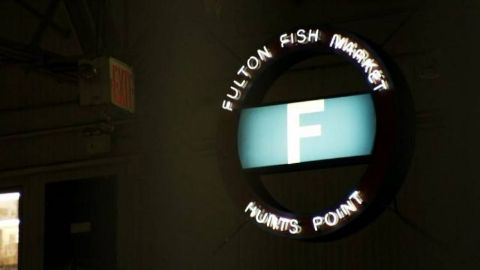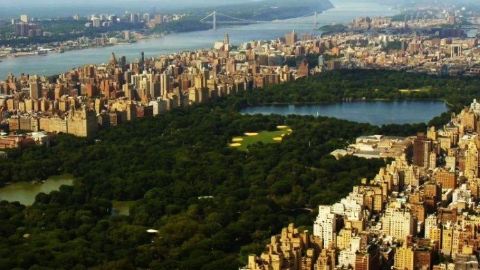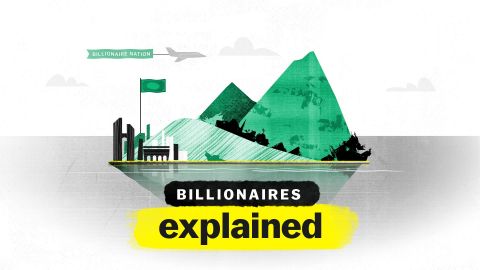Central Park • 2016 • episode "Part 3" • New York: America's Busiest City
Behind the scenes with the team who look after all 843 acres of Central Park, revealing the hidden systems and organisational miracles that keep the world's busiest urban park clean and green. Plus, Ant Anstead sees how an entirely new district is being built on top of a functioning rail depot in Manhattan and Dan Snow is in Coney Island, where he discovers that television, air conditioning and extreme weather almost killed off this historic amusement zone.
Make a donation
Buy a brother a hot coffee? Or a cold beer?
Hope you're finding these documentaries fascinating and eye-opening. It's just me, working hard behind the scenes to bring you this enriching content.
Running and maintaining a website like this takes time and resources. That's why I'm reaching out to you. If you appreciate what I do and would like to support my efforts, would you consider "buying me a coffee"?
Donation addresses
BTC: bc1q8ldskxh4x9qnddhcrgcun8rtvddeldm2a07r2v
ETH: 0x5CCAAA1afc5c5D814129d99277dDb5A979672116
With your donation through , you can show your appreciation and help me keep this project going. Every contribution, no matter how small, makes a significant impact. It goes directly towards covering server costs.








